The civil cases in the US against deceased tech mogul John McAfee came to an end as the Commodity Futures Trading Commission (CFTC) dropped the case against him for cryptocurrency pump-and-dump.
The US regulator announced on Monday that it had reached a settlement with Dallas-based Jimmy Gale Watson for his involvement in the crypto pump-and-dump scheme Pump and Dump Scheme A pump and dump scheme is a form of securities fraud that involves artificially inflating the price of a stock via false and misleading positive statements, in order to sell it for a higher price.More recently this type of scheme has also extended to the cryptocurrency space. Subsequently, a group of individual or investors will buy up a crypto asset for a low price simultaneously, prompting the price to rise. This abrupt and rampant increase in an asset’s nominal value will prompt unknowing traders to follow, whereby purchasing the asset in hopes of riding the momentum. However, upon attracting additional investment, the original buyers then sell off the assets to turn a quick profit. This sudden shift in supply and demand results in significant losses, especially for later entrants into the asset.Understanding Crypto Pump and Dump Schemes Pump and dump schemes are orchestrated by a group of organizers, often promoting a crypto coin through social media or other messaging platforms.Often times, scammers will select a specific coin and an exchange to target with the aim of driving up the selected coins volume over a short period of time. In most instances, the coin will have low volume, whereby allowing scammers to lock up as much of the available liquidity as possible. In such a scenario, scammers are be able to fix the price whilst they sell off their newly acquired coins.Pump and dump schemes can in theory be profitable for ordinary investors. This is quite rare however as usually the initial organizers or scammers are the ones reaping the profits.This is due known information and the timing during which the pump and dump occurs. A pump and dump scheme is a form of securities fraud that involves artificially inflating the price of a stock via false and misleading positive statements, in order to sell it for a higher price.More recently this type of scheme has also extended to the cryptocurrency space. Subsequently, a group of individual or investors will buy up a crypto asset for a low price simultaneously, prompting the price to rise. This abrupt and rampant increase in an asset’s nominal value will prompt unknowing traders to follow, whereby purchasing the asset in hopes of riding the momentum. However, upon attracting additional investment, the original buyers then sell off the assets to turn a quick profit. This sudden shift in supply and demand results in significant losses, especially for later entrants into the asset.Understanding Crypto Pump and Dump Schemes Pump and dump schemes are orchestrated by a group of organizers, often promoting a crypto coin through social media or other messaging platforms.Often times, scammers will select a specific coin and an exchange to target with the aim of driving up the selected coins volume over a short period of time. In most instances, the coin will have low volume, whereby allowing scammers to lock up as much of the available liquidity as possible. In such a scenario, scammers are be able to fix the price whilst they sell off their newly acquired coins.Pump and dump schemes can in theory be profitable for ordinary investors. This is quite rare however as usually the initial organizers or scammers are the ones reaping the profits.This is due known information and the timing during which the pump and dump occurs. Read this Term, ordering him to pay more than $290,000.
Watson is a former Navy Seal and became the personal bodyguard of McAfee in 2017. He later became the executive advisor on McAfee’s cryptocurrency team.
McAfee endorsed dubious cryptocurrency initial coin offerings (ICOs) at the peak of the crypto market demand to millions of his social media followers. He was called out by the community for promoting controversial projects and soon came under the regulatory radar.
According to the CFTC CFTC The 1974 Commodity Exchange Act (CEA) in the United States created the Commodity Futures Trading Commission (CFTC). The Commission protects and regulates market activities against manipulation, fraud, and abuse trade practices and promotes fairness in futures contracts. The CEA also included the Sad-Johnson Agreement, which defined the authority and responsibilities for the monitoring of financial contracts between the Commodity Futures Trading Commission and the Securities and Exchange Commission. These are today the largest regulators and authorities in the United States. The Commission works to guarantee that trading on the U.S. futures exchanges are fair and honest and maintain integrity in the marketplace. There are 11 U.S. Futures Exchanges. The Commission is outside of the political realm and is not controlled by any party. To ensure this at no time can more than three members represent the same political party.The CFTC has recently given the go-ahead to a startup exchange that wants to attract individual traders to the risky world of futures. The Small Exchange, headed by a former executive of T.D. Ameritrade Holding Corp., won approval from the Commodity Futures Trading Commission on in 2020 to become the newest U.S. futures exchange. The current exchanges in the U.S. under the regulatory authority of the CFTC include the following: Chicago Board Options Exchange (CBOE) CME Group International Monetary Market (IMM) Chicago Board of Trade (CBOT) Chicago Mercantile Exchange (CME / GLOBEX) New York Mercantile Exchange (NYMEX) and (COMEX) Kansas City Board of Trade (KCBT) NEX Group plc (NXG.L) Intercontinental Exchange (ICE) International Petroleum Exchange (IPE) 2001 New York Board of Trade (NYBOT) 2005 Winnipeg Commodity Exchange (WCE) 2007 TSX Group's Natural Gas Exchange Partnership 2008 European Climate Exchange 2010 Chicago Climate Exchange (CCE) 2010 NYSE 2013 London International Financial Futures and Options Exchange (LIFFE) Minneapolis Grain Exchange (MGEX) Nadex (formerly HedgeStreet) OneChicago (Single-stock futures (SSF's) and Futures on ETFs) Nasdaq Futures Exchange (NFX) The 1974 Commodity Exchange Act (CEA) in the United States created the Commodity Futures Trading Commission (CFTC). The Commission protects and regulates market activities against manipulation, fraud, and abuse trade practices and promotes fairness in futures contracts. The CEA also included the Sad-Johnson Agreement, which defined the authority and responsibilities for the monitoring of financial contracts between the Commodity Futures Trading Commission and the Securities and Exchange Commission. These are today the largest regulators and authorities in the United States. The Commission works to guarantee that trading on the U.S. futures exchanges are fair and honest and maintain integrity in the marketplace. There are 11 U.S. Futures Exchanges. The Commission is outside of the political realm and is not controlled by any party. To ensure this at no time can more than three members represent the same political party.The CFTC has recently given the go-ahead to a startup exchange that wants to attract individual traders to the risky world of futures. The Small Exchange, headed by a former executive of T.D. Ameritrade Holding Corp., won approval from the Commodity Futures Trading Commission on in 2020 to become the newest U.S. futures exchange. The current exchanges in the U.S. under the regulatory authority of the CFTC include the following: Chicago Board Options Exchange (CBOE) CME Group International Monetary Market (IMM) Chicago Board of Trade (CBOT) Chicago Mercantile Exchange (CME / GLOBEX) New York Mercantile Exchange (NYMEX) and (COMEX) Kansas City Board of Trade (KCBT) NEX Group plc (NXG.L) Intercontinental Exchange (ICE) International Petroleum Exchange (IPE) 2001 New York Board of Trade (NYBOT) 2005 Winnipeg Commodity Exchange (WCE) 2007 TSX Group's Natural Gas Exchange Partnership 2008 European Climate Exchange 2010 Chicago Climate Exchange (CCE) 2010 NYSE 2013 London International Financial Futures and Options Exchange (LIFFE) Minneapolis Grain Exchange (MGEX) Nadex (formerly HedgeStreet) OneChicago (Single-stock futures (SSF's) and Futures on ETFs) Nasdaq Futures Exchange (NFX) Read this Term, Watson helped McAfee by promoting the shady initial coin offering schemes and received undisclosed rewards in return. The duo accumulated digital assets in the anticipation of a price jump after the endorsement and then sold their holdings, like a classic pump-and-dump scheme.
Actions of the Regulator
The CFTC slapped charges on both McAfee and Watson in March 2021. However, the mysterious death of the cybersecurity expert in June last year only left his former bodyguard to face the charges. In addition, it was the first action of the US regulator against a crypto pump-and-dump scheme.
Watson has been ordered to disgorge over $146,000 of the ill-gotten proceeds, along with a civil monetary penalty of an equal amount. Additionally, he consented to a permanent injunction order that would prohibit him from future violations of US regulations, along with registration and trading bans.
“The CFTC will continue actively to use its enforcement authority in the digital asset space to combat fraud and manipulation,” Gretchen Lowe, CFTC’s Acting Director of Enforcement, said.
Furthermore, Watson entered into a similar settlement and accepted a banning order from the Securities and Exchange Commission (SEC) against civil chargers. He is still facing criminal charges brought by the Justice Department.
The civil cases in the US against deceased tech mogul John McAfee came to an end as the Commodity Futures Trading Commission (CFTC) dropped the case against him for cryptocurrency pump-and-dump.
The US regulator announced on Monday that it had reached a settlement with Dallas-based Jimmy Gale Watson for his involvement in the crypto pump-and-dump scheme Pump and Dump Scheme A pump and dump scheme is a form of securities fraud that involves artificially inflating the price of a stock via false and misleading positive statements, in order to sell it for a higher price.More recently this type of scheme has also extended to the cryptocurrency space. Subsequently, a group of individual or investors will buy up a crypto asset for a low price simultaneously, prompting the price to rise. This abrupt and rampant increase in an asset’s nominal value will prompt unknowing traders to follow, whereby purchasing the asset in hopes of riding the momentum. However, upon attracting additional investment, the original buyers then sell off the assets to turn a quick profit. This sudden shift in supply and demand results in significant losses, especially for later entrants into the asset.Understanding Crypto Pump and Dump Schemes Pump and dump schemes are orchestrated by a group of organizers, often promoting a crypto coin through social media or other messaging platforms.Often times, scammers will select a specific coin and an exchange to target with the aim of driving up the selected coins volume over a short period of time. In most instances, the coin will have low volume, whereby allowing scammers to lock up as much of the available liquidity as possible. In such a scenario, scammers are be able to fix the price whilst they sell off their newly acquired coins.Pump and dump schemes can in theory be profitable for ordinary investors. This is quite rare however as usually the initial organizers or scammers are the ones reaping the profits.This is due known information and the timing during which the pump and dump occurs. A pump and dump scheme is a form of securities fraud that involves artificially inflating the price of a stock via false and misleading positive statements, in order to sell it for a higher price.More recently this type of scheme has also extended to the cryptocurrency space. Subsequently, a group of individual or investors will buy up a crypto asset for a low price simultaneously, prompting the price to rise. This abrupt and rampant increase in an asset’s nominal value will prompt unknowing traders to follow, whereby purchasing the asset in hopes of riding the momentum. However, upon attracting additional investment, the original buyers then sell off the assets to turn a quick profit. This sudden shift in supply and demand results in significant losses, especially for later entrants into the asset.Understanding Crypto Pump and Dump Schemes Pump and dump schemes are orchestrated by a group of organizers, often promoting a crypto coin through social media or other messaging platforms.Often times, scammers will select a specific coin and an exchange to target with the aim of driving up the selected coins volume over a short period of time. In most instances, the coin will have low volume, whereby allowing scammers to lock up as much of the available liquidity as possible. In such a scenario, scammers are be able to fix the price whilst they sell off their newly acquired coins.Pump and dump schemes can in theory be profitable for ordinary investors. This is quite rare however as usually the initial organizers or scammers are the ones reaping the profits.This is due known information and the timing during which the pump and dump occurs. Read this Term, ordering him to pay more than $290,000.
Watson is a former Navy Seal and became the personal bodyguard of McAfee in 2017. He later became the executive advisor on McAfee’s cryptocurrency team.
McAfee endorsed dubious cryptocurrency initial coin offerings (ICOs) at the peak of the crypto market demand to millions of his social media followers. He was called out by the community for promoting controversial projects and soon came under the regulatory radar.
According to the CFTC CFTC The 1974 Commodity Exchange Act (CEA) in the United States created the Commodity Futures Trading Commission (CFTC). The Commission protects and regulates market activities against manipulation, fraud, and abuse trade practices and promotes fairness in futures contracts. The CEA also included the Sad-Johnson Agreement, which defined the authority and responsibilities for the monitoring of financial contracts between the Commodity Futures Trading Commission and the Securities and Exchange Commission. These are today the largest regulators and authorities in the United States. The Commission works to guarantee that trading on the U.S. futures exchanges are fair and honest and maintain integrity in the marketplace. There are 11 U.S. Futures Exchanges. The Commission is outside of the political realm and is not controlled by any party. To ensure this at no time can more than three members represent the same political party.The CFTC has recently given the go-ahead to a startup exchange that wants to attract individual traders to the risky world of futures. The Small Exchange, headed by a former executive of T.D. Ameritrade Holding Corp., won approval from the Commodity Futures Trading Commission on in 2020 to become the newest U.S. futures exchange. The current exchanges in the U.S. under the regulatory authority of the CFTC include the following: Chicago Board Options Exchange (CBOE) CME Group International Monetary Market (IMM) Chicago Board of Trade (CBOT) Chicago Mercantile Exchange (CME / GLOBEX) New York Mercantile Exchange (NYMEX) and (COMEX) Kansas City Board of Trade (KCBT) NEX Group plc (NXG.L) Intercontinental Exchange (ICE) International Petroleum Exchange (IPE) 2001 New York Board of Trade (NYBOT) 2005 Winnipeg Commodity Exchange (WCE) 2007 TSX Group's Natural Gas Exchange Partnership 2008 European Climate Exchange 2010 Chicago Climate Exchange (CCE) 2010 NYSE 2013 London International Financial Futures and Options Exchange (LIFFE) Minneapolis Grain Exchange (MGEX) Nadex (formerly HedgeStreet) OneChicago (Single-stock futures (SSF's) and Futures on ETFs) Nasdaq Futures Exchange (NFX) The 1974 Commodity Exchange Act (CEA) in the United States created the Commodity Futures Trading Commission (CFTC). The Commission protects and regulates market activities against manipulation, fraud, and abuse trade practices and promotes fairness in futures contracts. The CEA also included the Sad-Johnson Agreement, which defined the authority and responsibilities for the monitoring of financial contracts between the Commodity Futures Trading Commission and the Securities and Exchange Commission. These are today the largest regulators and authorities in the United States. The Commission works to guarantee that trading on the U.S. futures exchanges are fair and honest and maintain integrity in the marketplace. There are 11 U.S. Futures Exchanges. The Commission is outside of the political realm and is not controlled by any party. To ensure this at no time can more than three members represent the same political party.The CFTC has recently given the go-ahead to a startup exchange that wants to attract individual traders to the risky world of futures. The Small Exchange, headed by a former executive of T.D. Ameritrade Holding Corp., won approval from the Commodity Futures Trading Commission on in 2020 to become the newest U.S. futures exchange. The current exchanges in the U.S. under the regulatory authority of the CFTC include the following: Chicago Board Options Exchange (CBOE) CME Group International Monetary Market (IMM) Chicago Board of Trade (CBOT) Chicago Mercantile Exchange (CME / GLOBEX) New York Mercantile Exchange (NYMEX) and (COMEX) Kansas City Board of Trade (KCBT) NEX Group plc (NXG.L) Intercontinental Exchange (ICE) International Petroleum Exchange (IPE) 2001 New York Board of Trade (NYBOT) 2005 Winnipeg Commodity Exchange (WCE) 2007 TSX Group's Natural Gas Exchange Partnership 2008 European Climate Exchange 2010 Chicago Climate Exchange (CCE) 2010 NYSE 2013 London International Financial Futures and Options Exchange (LIFFE) Minneapolis Grain Exchange (MGEX) Nadex (formerly HedgeStreet) OneChicago (Single-stock futures (SSF's) and Futures on ETFs) Nasdaq Futures Exchange (NFX) Read this Term, Watson helped McAfee by promoting the shady initial coin offering schemes and received undisclosed rewards in return. The duo accumulated digital assets in the anticipation of a price jump after the endorsement and then sold their holdings, like a classic pump-and-dump scheme.
Actions of the Regulator
The CFTC slapped charges on both McAfee and Watson in March 2021. However, the mysterious death of the cybersecurity expert in June last year only left his former bodyguard to face the charges. In addition, it was the first action of the US regulator against a crypto pump-and-dump scheme.
Watson has been ordered to disgorge over $146,000 of the ill-gotten proceeds, along with a civil monetary penalty of an equal amount. Additionally, he consented to a permanent injunction order that would prohibit him from future violations of US regulations, along with registration and trading bans.
“The CFTC will continue actively to use its enforcement authority in the digital asset space to combat fraud and manipulation,” Gretchen Lowe, CFTC’s Acting Director of Enforcement, said.
Furthermore, Watson entered into a similar settlement and accepted a banning order from the Securities and Exchange Commission (SEC) against civil chargers. He is still facing criminal charges brought by the Justice Department.
ADVERTISEMENT

You can get bonuses upto $100 FREE BONUS when you:
💰 Install these recommended apps:
💲 SocialGood - 100% Crypto Back on Everyday Shopping
💲 xPortal - The DeFi For The Next Billion
💲 CryptoTab Browser - Lightweight, fast, and ready to mine!
💰 Register on these recommended exchanges:
🟡 Binance🟡 Bitfinex🟡 Bitmart🟡 Bittrex🟡 Bitget
🟡 CoinEx🟡 Crypto.com🟡 Gate.io🟡 Huobi🟡 Kucoin.

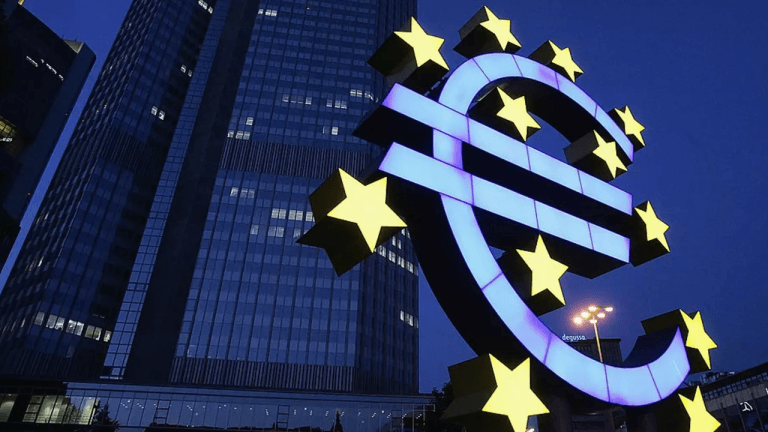
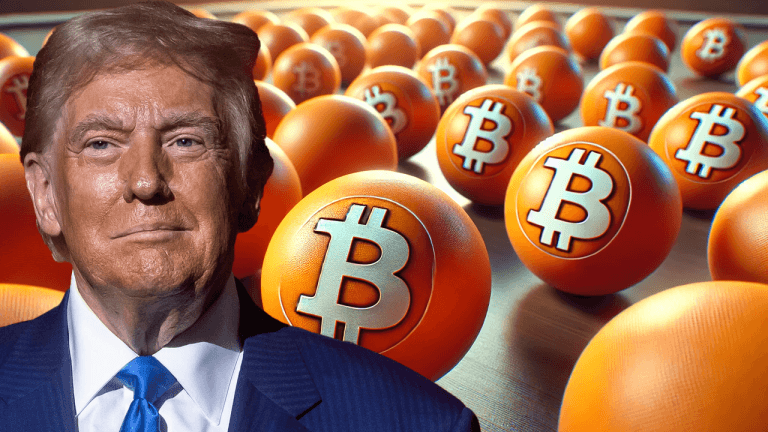
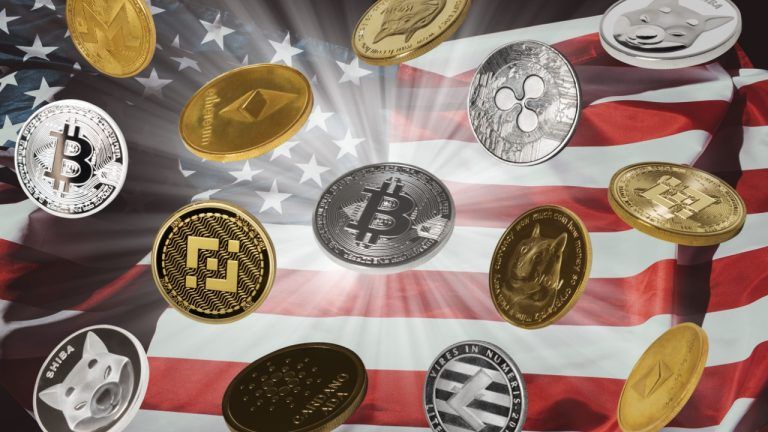
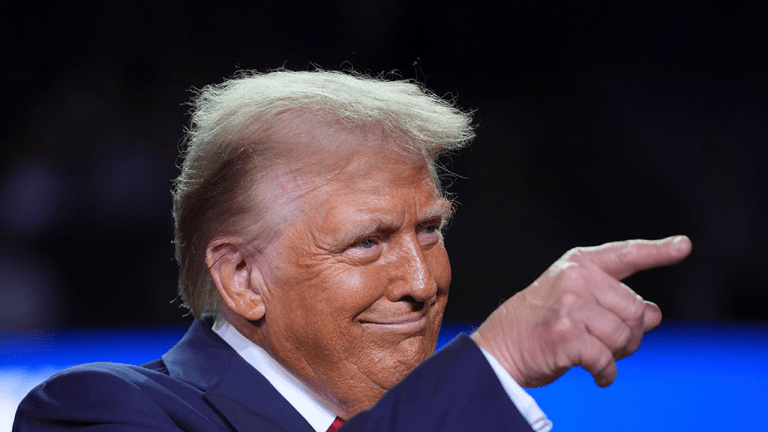

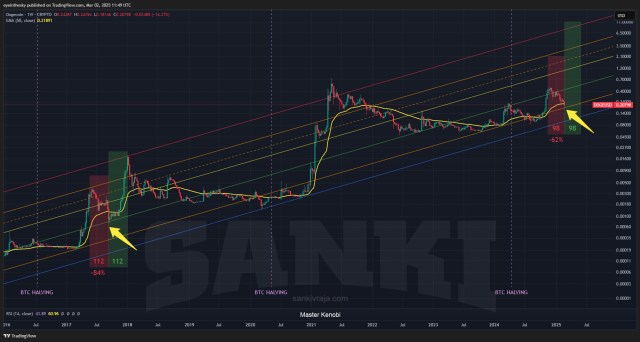
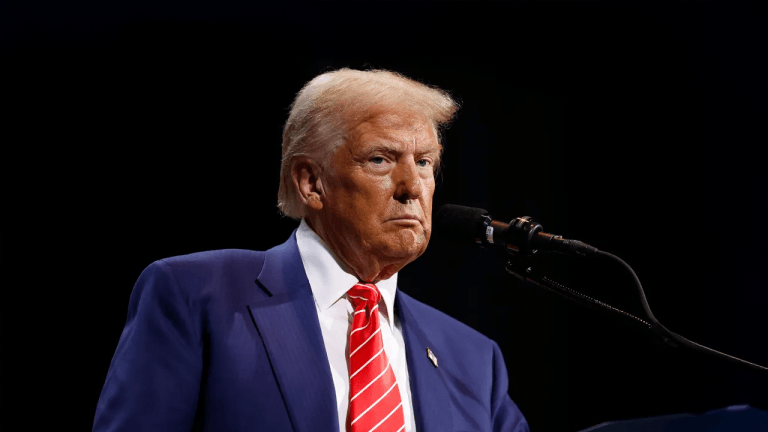
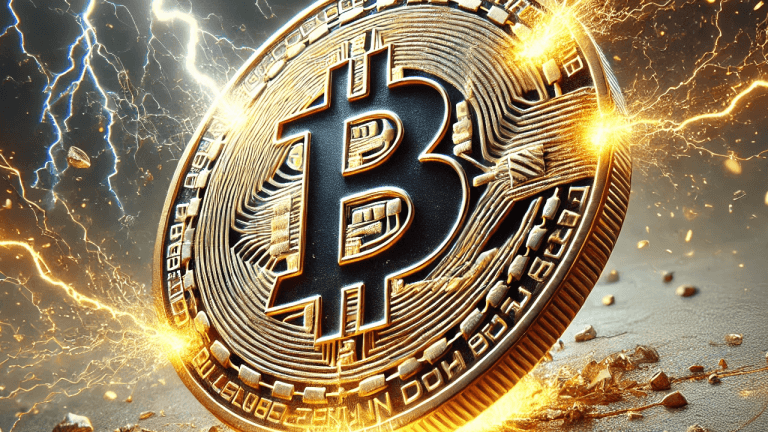


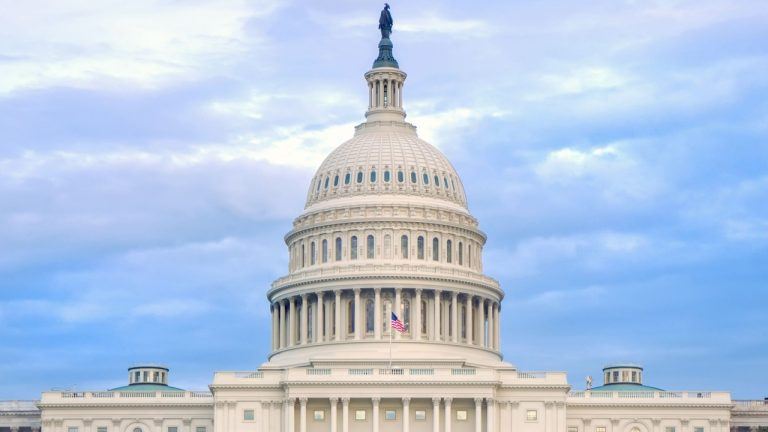
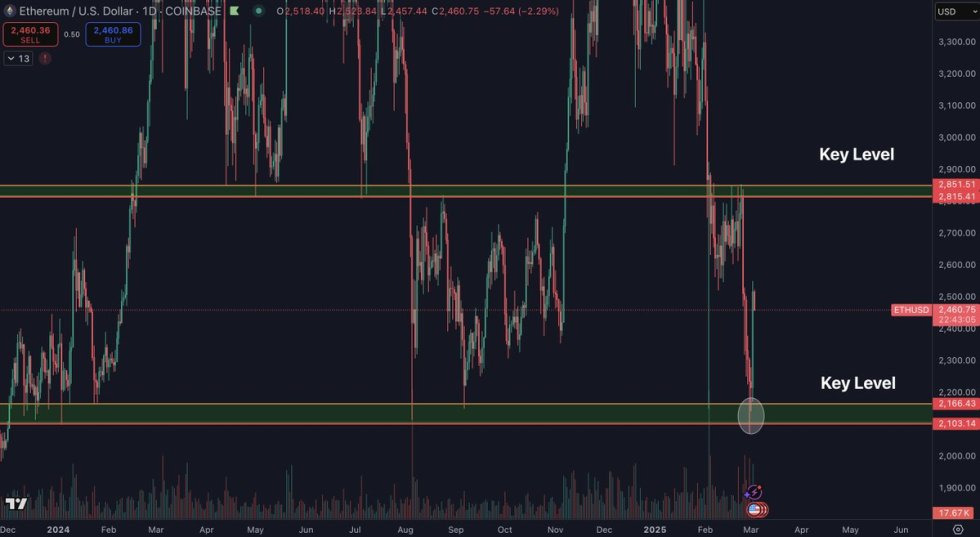
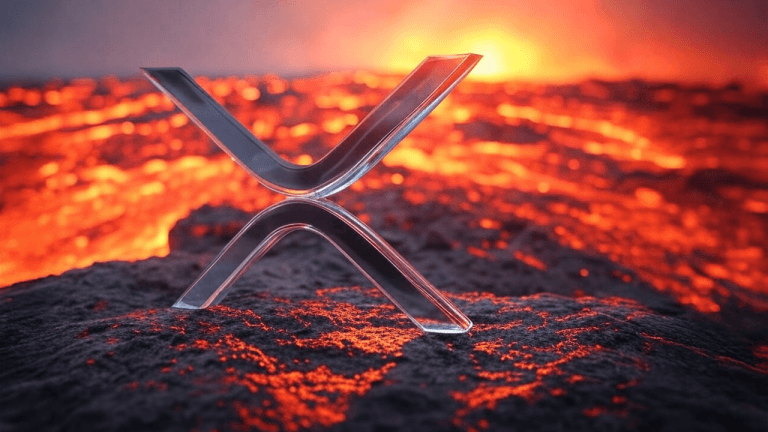



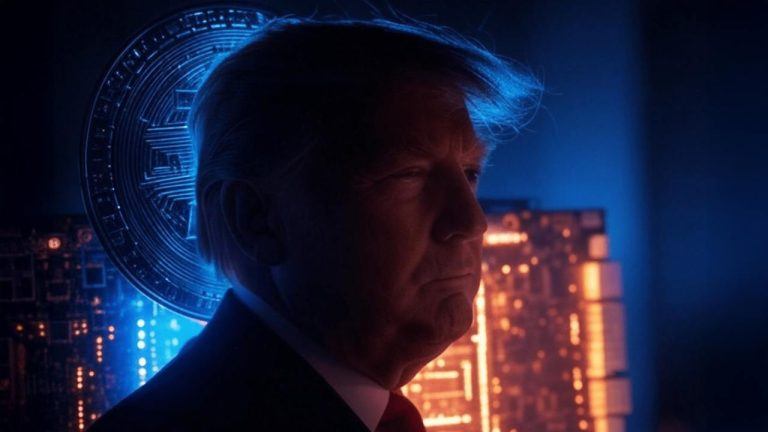
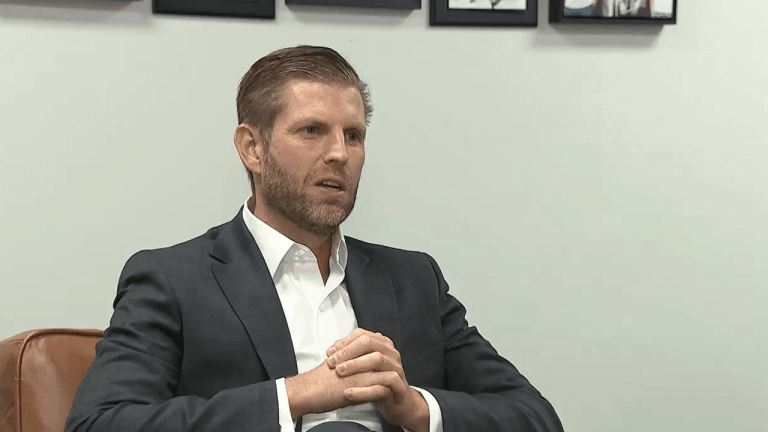

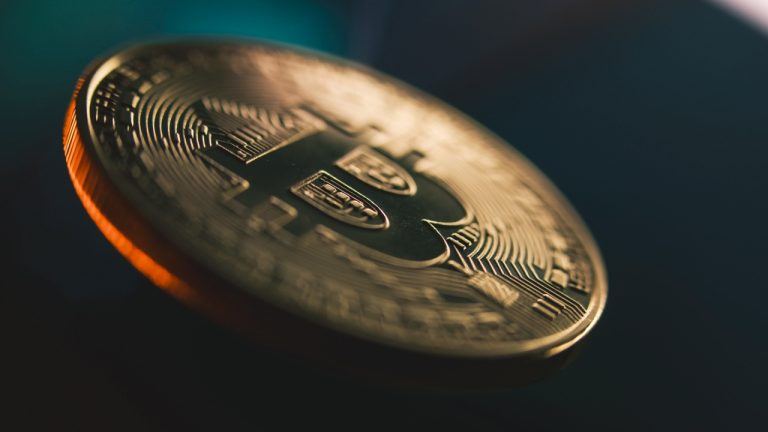
Comments